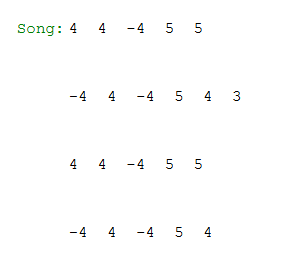The introduction of cell phones, the internet, and social media marked an irreversible change in our society. With these came the end of privacy, the end of solitude, and the end of authenticity. My little sisters are Generation Alpha and they’re being raised by screens, phones, and the internet. Gone are the days of all the neighbourhood kids playing outside after school, replaced with sitting on the couch and playing Roblox for hours. I don’t agree with how my sisters are being raised, but I don’t blame my parents either. The introduction of iPads and YouTube made parenting easier… If your kid is having a tantrum, just shove a game in their face!
Contrary to how I despise how play time is now replaced with screen time, I don’t agree with this all-encompassing phone ban at schools. I think that a phone ban in Elementary schools SHOULD be useless, as I don’t think any child under the age of 11 should have their own personal screen, let alone a cellular device, but unfortunately, this is not an idea that all parents agree with. In my Link2Practice 4/5 class, several of the 8 or 9 year-old students had cell phones… for texting, games, and social media as well. So while I think an Elementary phone ban should be unnecessary, experience shows that it is not.
For high school, however, I do not agree with a phone ban. Strict rules create sneaky kids, and I think that the stricter these phone bans get, the more energy students are going to put into getting around it. I remember having a phone ban in a few classes during high school (where we had to put our phone in sleeves at the front of the room) and I would always try to get around it, (even though I had a barely-working iPhone 4) I was fighting it for the principle. My friends and I would put calculators inside the sleeves instead of phones, or once it was further in the year and my teacher would stop checking the sleeves so often, we would just stop putting our phones in there at all. Sometimes we’d put our phones in there until the teacher took “phone attendance” then we would sneak them back out when they weren’t looking.
It’s not like we were even using our phones inappropriately. I find that music makes me focus, so I would listen to music during class in order to pay attention. It’s something I still do in University when I find my mind wandering during a lecture. Once I got Bluetooth headphones, I would turn on music before putting my phone at the front of class, and I know many kids would do that too.
Phones in a high school environment are not just a distraction. They are a tool so interweaved with our society that it is fraught to expect a school of 1200 students to go without their phones for 7 hours. If everyone wants kids to be less dependent on phones, then our society has to change as a whole to support that. Kids do not raise themselves. If we are raised in an environment where we are constantly connected and online, with a screen available to us at any time, then that is how students will expect schooling to be too, and breaking them from this routine will be exhausting.
Instead, I believe that teachers should work WITH students to be able to have access to their phones and also be attentive and learning. Instead of marking phones as this negative thing, they should be seen as a helpful tool that can be used in learning. This not only creates open communication about the internet and social media, but it prepares students for the world after secondary school–where phones are a big part of life and the workplace. In short, I think that this “phone ban” is a bandaid over a bullet hole, and in order to fix the root of too many screens and a distracted class, students need to have more freedom with their own property.


